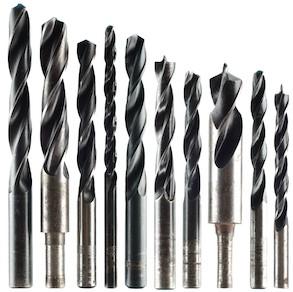Most commonly known as HSS, high-speed steel is a specialized type of tool steel that is able to cut and process materials at a very high speed.
As such, one can abundantly find high-speed steel scrap among power-saw blades and drill bits. HSS is considered to be superior to a high-carbon steel tool because it can cope with higher temperatures without losing its hardness. HSS is also usually produced by combining a variety of different metals such as carbon, chromium, tungsten, molybdenum, and so on. In order to attain excellent cutting performance, the right hardening response must be done during HSS’s heat treatment.
A critical component of the work performance of an HSS is the hardening response wherein the alloying elements are being added in varying quantities, depending on the intended use for the final product. For instance, carbon and other alloying elements are proportioned appropriately to offer an achievable hardening response, great resistance to adverse impacts of heat treatment, and high wear resistance. Ultimately, impressive toughness is also attained for optimal performance during cutting applications. All these qualities are also found in high-speed steel scrap that you may have come across. Through the process of vapour deposition, the performance and lifespan of this tool are enhanced.
The combined effects of alloy elements and the heat treatment process result in a wide variety of microstructures and properties. The four primary alloying elements that create carbides in high-speed steel scrap include tungsten, molybdenum, chromium, and vanadium. The unique properties of these alloying elements together with the carbon, forming extremely hard and wear-resistant carbide compounds. HSS’s microstructure typically consists of a martensitic matrix with the dispersal of two kinds of carbides. They are generally known as primary and secondary carbides. The primary carbides are the type that is formed during the solidification of the metal while the secondary carbides are created during the subsequent hardening process of the steel.
If you’re looking for an alternative for HSS, our team at Alnor Industries offers exceptional customer service and information on the scrap metal industry. Call us today to learn more about how your business can gain value through recycling and scrap metals!



